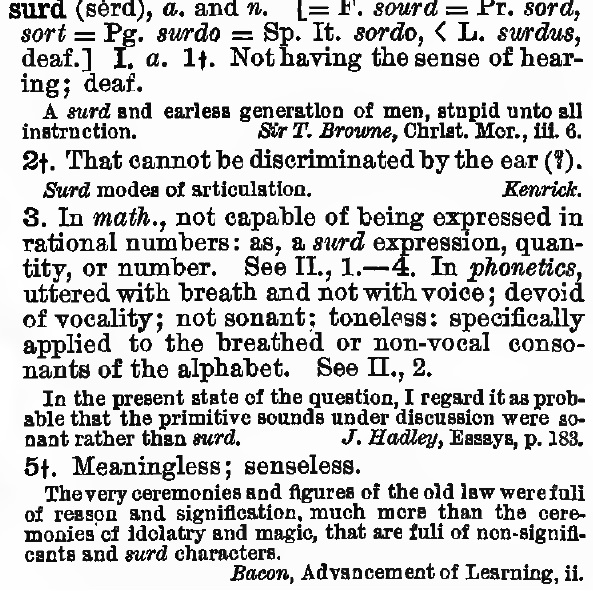In English and many other languages, including Latin and Greek, the same word can be used for a living body or a dead one, even though the difference is crucial in terms of how we relate to it.
On the other hand, several esoteric traditions, including the Egyptian Book of the Dead, the Iranian mystics investigated by Corbin (1960), and early Christian texts such as the Gospel of Philip distinguish between two (or more) kinds of ‘body’:
[The master] was conceived from what [is imperishable], through God. The [master rose] from the dead, but [he did not come into being as he] was. Rather, his [body] was [completely] perfect. [It was] of flesh, and this [flesh] was true flesh. [Our flesh] is not true flesh, but only an image of the true.— Gospel of Philip 68 (NHS, 174)
We might compare Philip‘s ‘true flesh’ with Walt Whitman’s ‘real body’:
For Whitman, the ‘real body’ is the type which, like the type set by the printer, leaves its ‘impression’ on everything it touches. The printed copy of a book is but a token (replica, sinsign) of it; but it must exist in order for the act of meaning to occur. Likewise your soul must be embodied in order to manifest itself, but your living-and-dying body is only a temporary token of your real body.Was somebody asking to see the soul?See, your own shape and countenance, persons, substances, beasts, the trees, the running rivers, the rocks and sands.All hold spiritual joys and afterwards loosen them;How can the real body ever die and be buried?
Of your real body and any man’s or woman’s real body,Item for item it will elude the hands of the corpse-cleaners and pass to fitting spheres,Carrying what has accrued to it from the moment of birth to the moment of death.
Not the types set up by the printer return their impression, the meaning, the main concern,Any more than a man’s substance and life or a woman’s substance and life return in the body and the soul,Indifferently before death and after death.
Behold, the body includes and is the meaning, the main concern, and includes and is the soul;Whoever you are, how superb and how divine is your body, or any part of it!— Starting from Paumanok, §13
Thich Nhat Hanh, in The Art of Living (2017), says that ‘we are not limited to our physical body, even while we are alive.’ He lists eight bodies that we all have: the human body, the buddha body, the spiritual practice body, the community body, the body outside the body (which is ‘present in many places in the world’), the continuation body (by which our thoughts, speech and actions continue to influence the world), the cosmic body, and the ultimate body (‘the nature of reality itself, beyond all perceptions, forms, signs, and ideas’). All of these bodies are real in the continuity of their presence: their interbeing is living the time.
